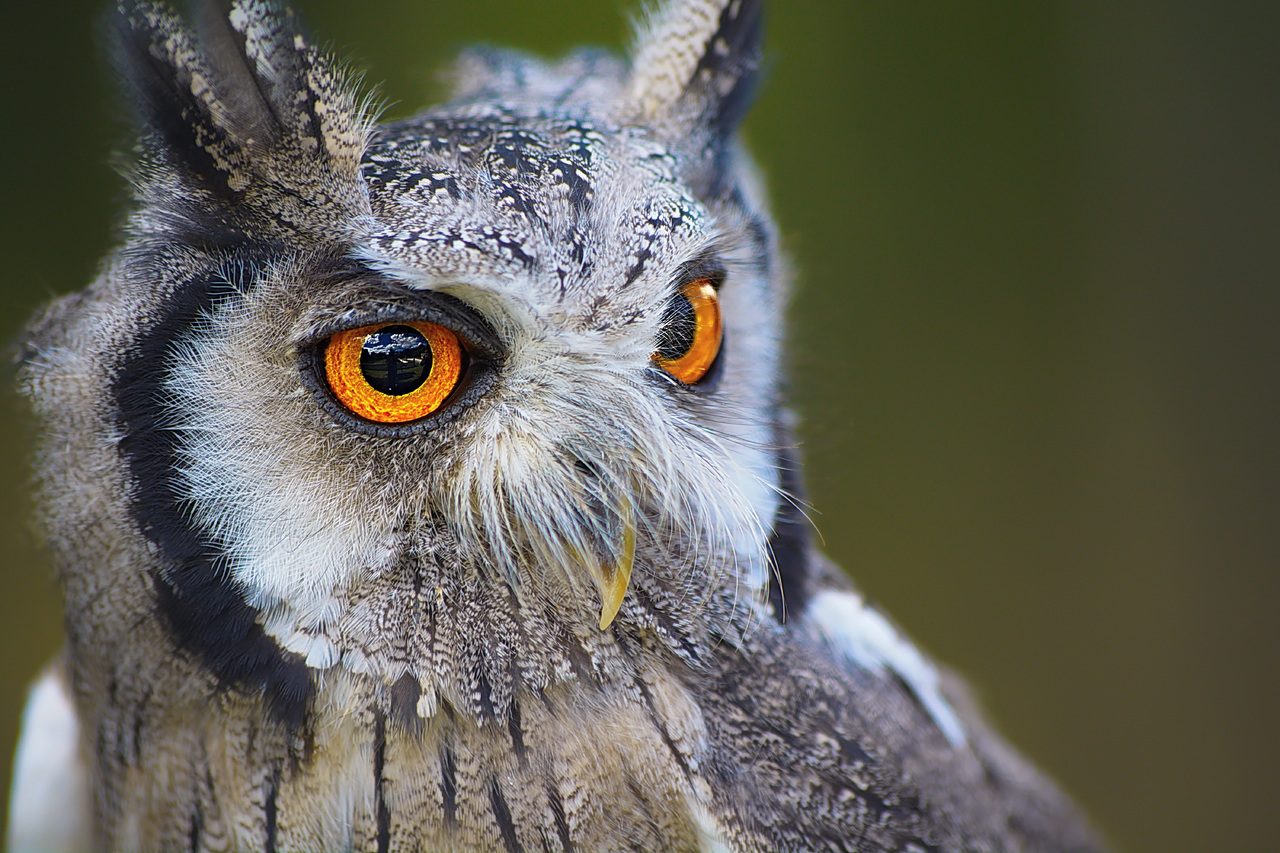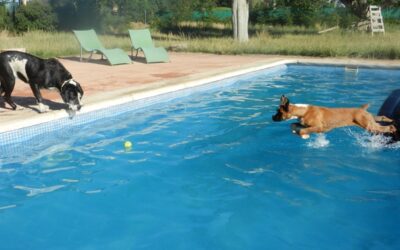Living in Kur-ring-gai naturally means that we live amongst birds and animals that are endemic to the area. It is inevitable that at some stage we will come into close contact with each other and it is our duty of care to look out for these creatures and do our best to ensure we live safely amongst them.
Sadly, many of our interactions with fauna comes as a result of an accident or human negligence. Tree and bush clearance often displace animal families, cars cause animal fatalities every day and our domestic pets instinctively hunt our local neighbours.
The majority of this is unintentional so what do we do when we find a wild animal that needs assistance? The first thing to do is stop and help. Nothing will come of ignoring an injured animal other than a guilty conscience.
Input the following phone numbers into your mobile phone so you have them handy at all times.
If you find an injured animal:
- Try not to touch the animal unless absolutely necessary. Wild animals can become stressed by being handled so make sure you seek advice before touching the injured animal. Note: a bite from bat carrying lyssavirus can cause serious illness and even death in unvaccinated people.
- Call WIRES (Wildlife Information Rescue and Education Service) on 1300 094 737 or go to www.wires.org.au. Tell them what you have found and provide as much information as you can.
- Search online for your nearest wildlife rescue group. www.fauna.org.au or download the IFAW Wildlife Rescue App which will put you in touch with your nearest carer.
- Or call Wildlife Rescue Australia 24-hour call centre on 1300 596 457.
- If you do need to rescue a small wild animal use a cardboard box and towel. This applies to smaller animals such as possums, birds, bandicoots etc.
- Do not try to handle bats / flying foxes. Even a small nip from an infected bat can cause serious illness in people.
- If a larger animal needs rescuing, do not try to move it. Wait close by for a wildlife rescue personnel to assist.
- If you think it may be suffering from heat stress, offer it water and spray with a fine mist of water to help cool the animal down. Leave the animal in a cool, dark and quiet place and seek advice.
- Do not feed the animal unless advised to by a registered wildlife carer or veterinarian.
- Be sure to record the exact location of where the animal was found so that it can be returned to the area if it recovers. This is particularly important for territorial species and young animals.
Birds: How to Help an Injured Bird
The last thing you want to do is kidnap a perfectly healthy fledgling… When young birds are fledging (leaving their nests) they wait for their parents to return with food and care and they can look helpless, lost or abandoned.
Do Not Rescue a Bird If…
Check if the bird has feathers, generally looks healthy is alert/active. Instead, keep an eye on the bird from a safe distance and watch to see if its parents return. If the bird is in an unsafe area, use a towel to gently move them to a safe area as close as possible to their original location. Under a bush or in dense shrub will keep them safe but still able to hear and see their parents when they return.
If you can see the bird’s original nest, you can put the bird back into the nest but only if the nest is in a safe place and not too high.
Call WIRES immediately and tell them what you have found.
Rescue a Bird If:
- Hurt or injured
- Featherless or partially featherless
- Parentless i.e. parents are dead nearby or fail to return for a long time
- Cold / lethargic
If it is necessary to rescue a bird, use a towel to pick up the bird and place it in a well-ventilated box in a quiet, warm, dry area while you seek advice from a wildlife carer (see above).
Do not attempt to feed the bird.
Never attempt to rescue the bird until you have talked to a wildlife carer.
Sources
- Kirsty Andrews, Veterinary Nurse, The Pymble Vet
- Wildcare.org.au
- Sydneywildlife.org.au
- Birdsinbackyards.net
- Rspca.org.au
- Greenharvest.com.au
- www.wildlifefriendlyfencing.com


